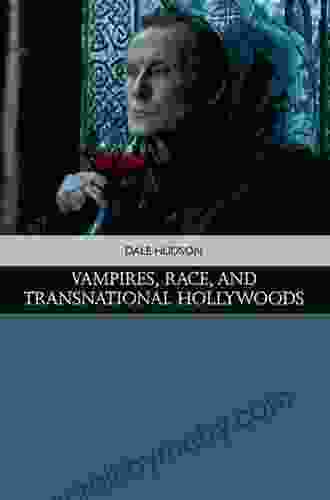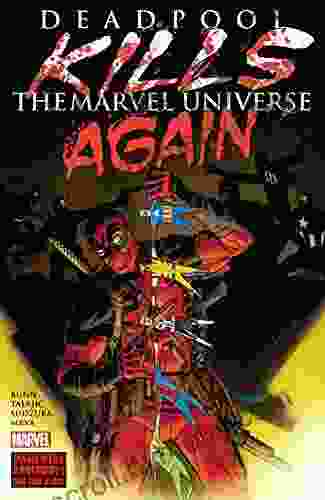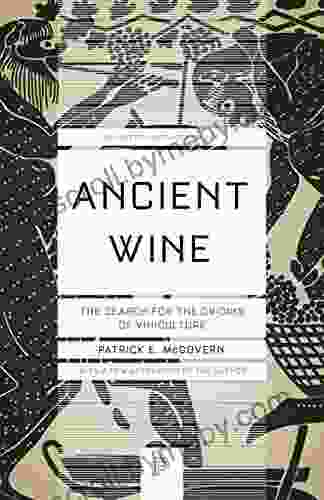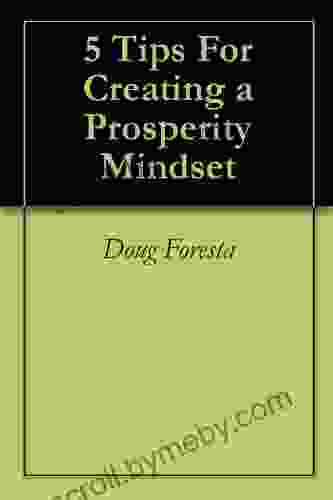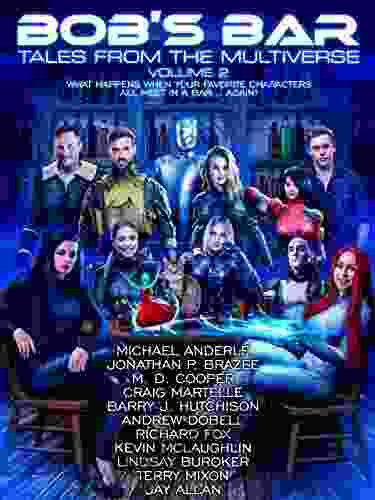Vampires, Race, and Transnational Hollywood's Traditions in American Cinema

Vampires have long been a popular subject of fascination in American cinema, and their portrayal has often reflected the changing social and political landscape of the United States. From the early days of silent film to the present day, vampires have been used to represent a wide range of social and political anxieties, and their portrayal has often intersected with issues of race, ethnicity, and national identity.
4.6 out of 5
| Language | : | English |
| File size | : | 2713 KB |
| Text-to-Speech | : | Enabled |
| Screen Reader | : | Supported |
| Enhanced typesetting | : | Enabled |
| Word Wise | : | Enabled |
| Print length | : | 296 pages |
In the early days of silent film, vampires were often portrayed as exotic and dangerous creatures who threatened the purity of white womanhood. This portrayal was in keeping with the prevailing racist attitudes of the time, which saw black people and other non-white groups as inferior and dangerous. In films such as Nosferatu (1922) and Dracula (1931),vampires were often played by white actors in blackface, and their portrayal was often highly stereotypical and offensive.
As the civil rights movement gained momentum in the 1950s and 1960s, the portrayal of vampires in American cinema began to change. Vampires were increasingly portrayed as sympathetic characters who were victims of their own circumstances, and their portrayal was often used to critique the racism and social injustice of the time. In films such as Blacula (1972) and Ganja & Hess (1973),vampires were played by black actors, and their portrayal was often explicitly political. These films used the vampire myth to explore issues of race, class, and gender, and they helped to challenge the prevailing racist stereotypes of the time.
In the 1980s and 1990s, the portrayal of vampires in American cinema became even more diverse. Vampires were increasingly portrayed as characters who came from a variety of racial and ethnic backgrounds, and their portrayal was often used to explore issues of cultural identity and assimilation. In films such as The Lost Boys (1987) and Interview with the Vampire (1994),vampires were played by actors from a variety of backgrounds, and their portrayal was often complex and nuanced. These films used the vampire myth to explore issues of identity, belonging, and the search for meaning in a changing world.
In the 21st century, the portrayal of vampires in American cinema has continued to evolve. Vampires are now increasingly portrayed as characters who are complex and multifaceted, and their portrayal is often used to explore a wide range of social and political issues. In films such as Blade (1998) and True Blood (2008),vampires are played by actors from a variety of backgrounds, and their portrayal is often explicitly political. These films use the vampire myth to explore issues of race, class, gender, and sexuality, and they help to challenge the prevailing stereotypes of the time.
The portrayal of vampires in American cinema has been a complex and evolving one, and it has often reflected the changing social and political landscape of the United States. From the early days of silent film to the present day, vampires have been used to represent a wide range of social and political anxieties, and their portrayal has often intersected with issues of race, ethnicity, and national identity. As the United States continues to become more diverse, the portrayal of vampires in American cinema will likely continue to evolve, and it will be interesting to see how these characters are used to explore the social and political issues of our time.
4.6 out of 5
| Language | : | English |
| File size | : | 2713 KB |
| Text-to-Speech | : | Enabled |
| Screen Reader | : | Supported |
| Enhanced typesetting | : | Enabled |
| Word Wise | : | Enabled |
| Print length | : | 296 pages |
Do you want to contribute by writing guest posts on this blog?
Please contact us and send us a resume of previous articles that you have written.
 Book
Book Novel
Novel Page
Page Chapter
Chapter Text
Text Story
Story Genre
Genre Reader
Reader Library
Library Paperback
Paperback E-book
E-book Magazine
Magazine Newspaper
Newspaper Paragraph
Paragraph Sentence
Sentence Bookmark
Bookmark Shelf
Shelf Glossary
Glossary Bibliography
Bibliography Foreword
Foreword Preface
Preface Synopsis
Synopsis Annotation
Annotation Footnote
Footnote Manuscript
Manuscript Scroll
Scroll Codex
Codex Tome
Tome Bestseller
Bestseller Classics
Classics Library card
Library card Narrative
Narrative Biography
Biography Autobiography
Autobiography Memoir
Memoir Reference
Reference Encyclopedia
Encyclopedia Nefertiti Austin
Nefertiti Austin Leah Hager Cohen
Leah Hager Cohen Kate Barrows
Kate Barrows Elizabeth Bradfield
Elizabeth Bradfield Jennifer Easley
Jennifer Easley Sarah Elizabeth Richards
Sarah Elizabeth Richards David Cowan
David Cowan Doug Werner
Doug Werner D J Conway
D J Conway Reviel Netz
Reviel Netz Kat Kruger
Kat Kruger Douglas Murray
Douglas Murray Colin G Calloway
Colin G Calloway Katarina Cermelj
Katarina Cermelj Dacher Keltner
Dacher Keltner Colin Kaepernick
Colin Kaepernick Nina H Mitchell
Nina H Mitchell Colin Boocock
Colin Boocock Nils Brunsson
Nils Brunsson David F Kelly
David F Kelly
Light bulbAdvertise smarter! Our strategic ad space ensures maximum exposure. Reserve your spot today!

 Gabriel MistralUnlock the Power of Herbs and Superfoods for Faster Conception: The Ultimate...
Gabriel MistralUnlock the Power of Herbs and Superfoods for Faster Conception: The Ultimate... Dustin RichardsonFollow ·6.3k
Dustin RichardsonFollow ·6.3k George HayesFollow ·19.8k
George HayesFollow ·19.8k Neil GaimanFollow ·13.5k
Neil GaimanFollow ·13.5k George BellFollow ·5k
George BellFollow ·5k Michael SimmonsFollow ·11.1k
Michael SimmonsFollow ·11.1k Mike HayesFollow ·7.8k
Mike HayesFollow ·7.8k Ian PowellFollow ·5.7k
Ian PowellFollow ·5.7k DeShawn PowellFollow ·8.7k
DeShawn PowellFollow ·8.7k

 Cruz Simmons
Cruz SimmonsUnveiling the Secrets: An Insider Guide to School Bonds...
Unlock the Power of School...
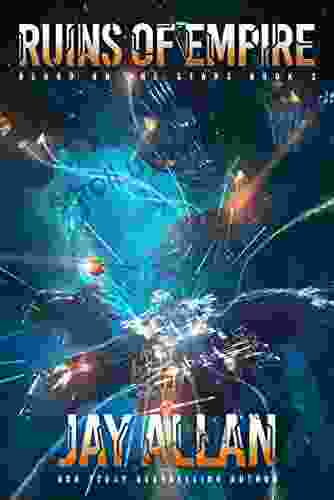
 Gil Turner
Gil TurnerRuins of Empire: Blood on the Stars - The Epic Space...
Ruins of Empire: Blood on the Stars is the...

 Allen Ginsberg
Allen GinsbergPrepare for the Ultimate Space Opera: Delve into The Last...
Embark on an...

 Anton Foster
Anton FosterUnleash Your Inner Artist: The Ultimate Guide to Oil...
Chapter 1: The...
4.6 out of 5
| Language | : | English |
| File size | : | 2713 KB |
| Text-to-Speech | : | Enabled |
| Screen Reader | : | Supported |
| Enhanced typesetting | : | Enabled |
| Word Wise | : | Enabled |
| Print length | : | 296 pages |


